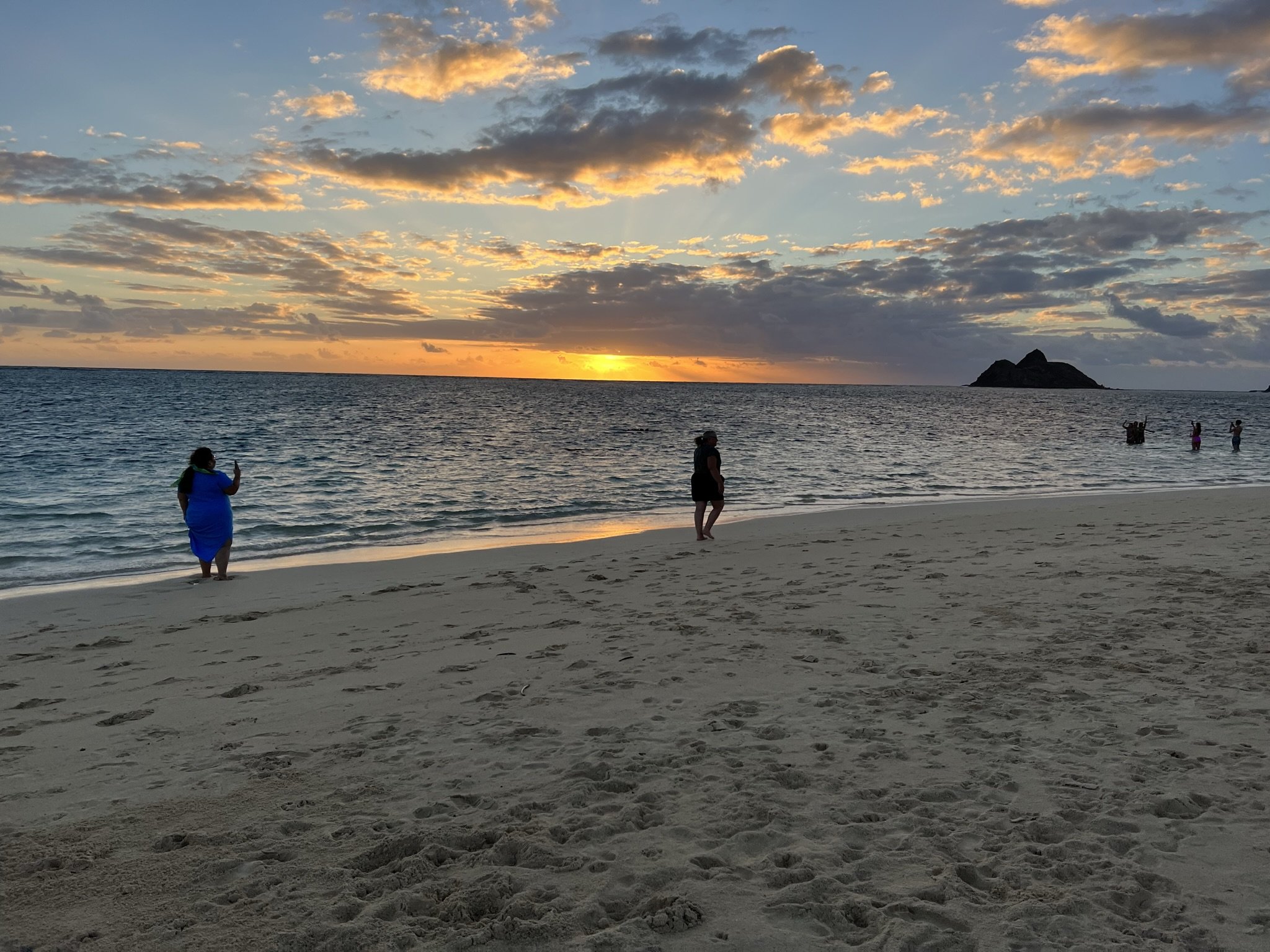One of things that I’m sure you’ve been reading everywhere, is how important having social connections are to our well being and longevity. When we are children in school, most of us go to a different class each year and are immersed in opportunities to meet and spend time with new kids. We study together, play together, and eat together, and as a result we have time to cultivate relationships. We may also have extra curricular activities like sports or hobbies where there are additional ways to make friends. Then we become adults and go off to work and that replaces school as a way to meet people. In our early days we have lots of energy and go out with friends after work and in our free time.
But as we get older we tend to try new things less often, keep to the same routes, schedules, and see the same people. In the age of work at home, zoom meetings, food delivery services, and social media, there is less time for talking to people period, let alone new people. Even big life events like retiring, getting a divorce, or moving to a new place can make you lose touch. You tack on having Parkinson’s or many other health conditions and it can become a real challenge. Common PD symptoms like anxiety, depression, fatigue, embarrassment of symptoms, and apathy can all become barriers. Physical things like difficulty getting around both in driving or mobility and a soft voice/difficulty being heard can be a challenge in communicating.
But keeping social connections is like a muscle and like any muscle the more we use it, the stronger it becomes. Here are few ways that might be helpful. If you know of other ways that helps you, let us know in the comments.
~ It all counts - All the social connections you have throughout your day counts. Every person doesn’t have to be you BFF and small stakes relationships matter. Chatting with your neighbor, mail person or grocery store clerk all count. Online counts. Smaller more frequent communications can be more effective than trying for every encounter to be meaningful.
~ Start small - text, email, or make a short phone call as often as you can. Keep if brief.
~ Start with people you already know - Reach out to people that you used to be in more contact with. Just say hey we haven’t talked in a while and I’d like to reconnect.
~ Attach your phone call to something else - I love this one, call someone while your walking, driving your car (of course be safe), while cleaning the house. I love the connection of doing them together.
~ Join an activity either in person or online - Whatever you enjoy, there is likely a group who enjoys it also. Book club, exercise class, cards or games, movie clubs, pottery, garden clubs.
~ Volunteer - You get to help a good cause and you get back so much in return and you can choose organizations that are meaningful to you. Animal care, friends of the library, food bank, meals on wheels, your local Parkinson’s Association. Take a look at Volunteer Match or the United Way for lots of options.
~ Set up recurring events - It eliminates decision fatigue and automatically gets us going. I heard of a great one recently where they set up a weekly coffee meet up with a group. Everyone is on a group text. No obligation to be there every week. If someone is going, they text the group, and the rest of the group only replies if they will also be there. Everyone else doesn’t reply. It’s brilliant, no texting going back and forth to see who is going.
~ Be spontaneous - Explain to friends and family that your energy level can change on a dime with PD. So sometimes if you have the energy, you want to take advantage of it and see if they want to do something on the spur of the moment. Even though the timing doesn’t always work, when it does, it’s such unexpected fun.
~ Join a support group - Having others to talk to who also have PD, or if you’re a care partner, talking with someone who understands and shares your situation can be invaluable. I have made some deep and lasting friendships. And all support groups are not alike. If you went to one and it wasn’t the right fit, try another one.
~ Sign up for automatic emails on events around town. It’s a great way to spark ideas for things to do.
~ Get a dog - Getting a dog will get you out of the house and think of all the new doggy parents you can meet at chat up at the dog park.
Lastly don’t be discouraged if you try to start a connection and it doesn’t work. Everyone is in a different place in life and it just may not be the right time. I think many of us are hesitant to ask someone out to coffee or contact them because they don’t want to get rejected but the reality is, is that most people would love another connection also. If they say no, don’t take it personally. On with the next!
Here are a few books to read on the subject. Platonic: How the Science of Attachment Can Help You Make-and Keep-Friends by Marisa G. Franco, Quiet: The Power of Introverts in a World That Can’t Stop Talking by Susan Cain, The Life Council: 10 Friends Every Woman Needs by Laura Tremaine











































